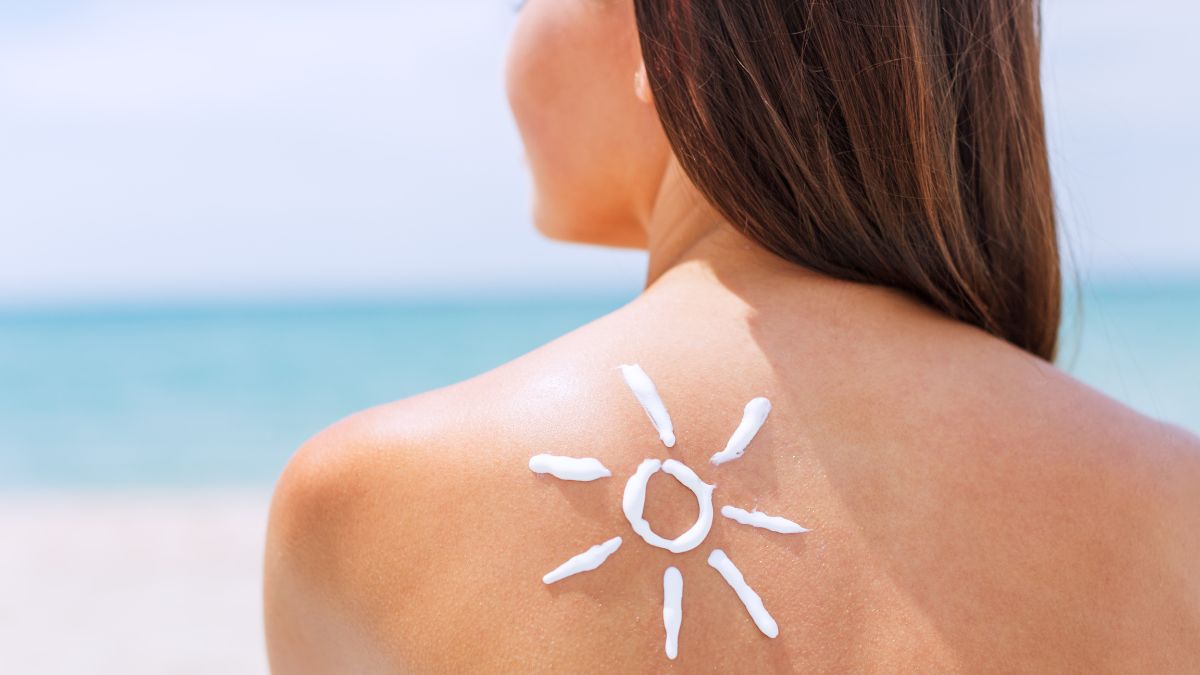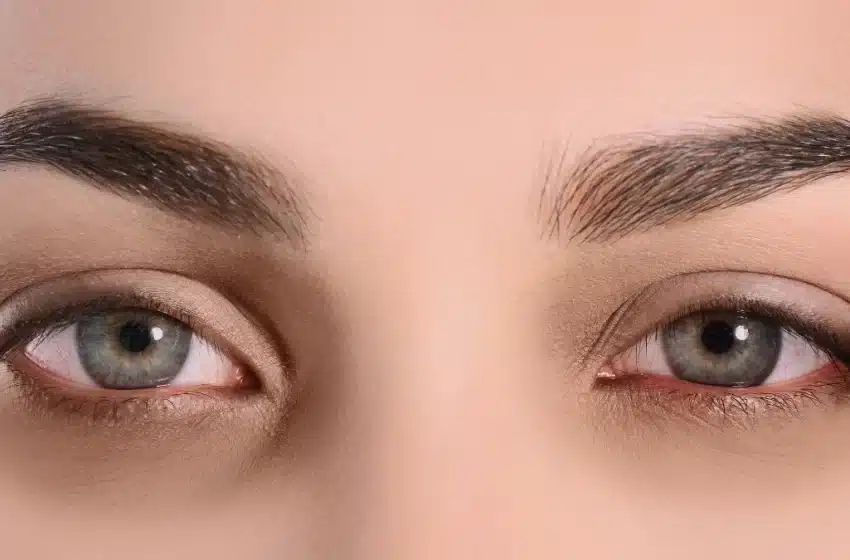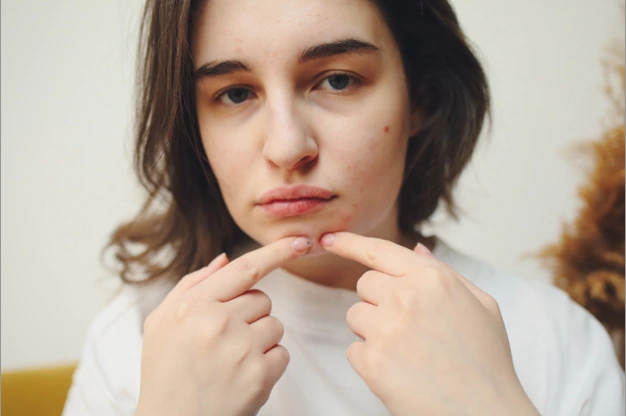
Facts about Sunscreen
To ensure you get the best protection from sunscreen, apply 1 to 2 ounces (the size of a Ping-Pong ball) on your body, about 30 minutes after you step outdoors. The rationale behind this is that it helps your body absorb it completely and only then can you get full protection. Get the essential “Facts about Sunscreen” to keep your skin safe from harmful UV rays. Learn how to use sunscreen properly and facts about sunscreen.
Reapplication of sunscreen is just as vital as putting it on in the first place, so remember to reapply the same amount every two hours. After swimming or perspiring heavily, the sunscreen should be reapplied. Remember, waterproof sunscreen begins losing effectiveness after 80 minutes in the water, so reapply the sunscreen before this time.
Once you choose the right sunscreen, use it the right way. After all, it’s your skin, if you wouldn’t take care of it, nobody else would!
People of all skin colours have the chance of developing skin cancer if they are exposed sun for long durations. Stating the statistics, more than 3.5 million skin cancers in more than 2 million people are diagnosed annually. As a matter of fact, skin cancers can be prevented by protecting oneself from the harmful rays of the sun. Sunscreens are widely recommended by dermatologists to protect against skin cancers and many forms of skin diseases. Here are some facts about Sunscreen,
Table of Contents
How Do You Select a Sunscreen?

The aisle of a superstore or a drug store offers you a lot of choices for sunscreens, but choosing the right one for you can be quite a task. The next time to visit a store to buy sunscreen, the following tips will help you select the right one: Skin experts generally recommend using a sunscreen with an SPF 15 or greater year-round for all skin types.
If you have fair skin and suffer from sunburns easily, you may select a sunscreen with a higher SPF for additional protection. As a word of caution, remember the expensive ones may or may not be of better quality.
What Does SPF Mean?
SPF stands for the Sun Protection Factor which is present in sunscreens and is a measure of its ability to prevent UV rays from damaging the skin. The formula is that it provides you protection against the sun for a longer duration of time.
For instance, if it takes about 20-30 minutes for your unprotected skin to get tanned or red under the sun, using a sunscreen containing SPF 15 will prevent this for about 15 times longer, i.e. about 5 hours. An alternative to looking at safety is the SPF factor; an SPF of 15 filters out nearly 93 percent of the UV rays, and an SPF of 30 keeps out about 97 percent.
This means if you double the SPF factor, the protection it offers will not get doubled. Therefore, SPF 50 keeps out about 98 percent of UV rays, not more than it. Facts about sunscreen can completely block all UV rays. Although these measures in percentages may seem negligible, if you have sensitive skin, or suffer from skin diseases or skin cancer, these can make a major difference.
When Should You Use a Sunscreen?

The sun emits UV rays all throughout the year, even on cloudy days. So you need to wear sunscreen each day if you step outside. Sand, water, and snow increase the necessity for the application of sunscreen as they reflect the sun’s rays. If you step out of the sun daily, for even about 20-odd minutes, sunscreen application is a must.
Generally, SPF 15 is sufficient if you are out for a few minutes for your daily activities. However, if you work outside or spend a lot of time outdoors, you need stronger sunscreen. Keep in mind that lips get burned too, so apply a lip shade or lip balm having SPF 15 to protect them from getting damaged.
How many sunscreens Should You Apply?
To ensure you get the best protection from sunscreen, apply 1 to 2 ounces (the size of a Ping-Pong ball) on your body, about 30 minutes after you step outdoors. The rationale behind this is that it helps your body absorb it completely and only then can you get full protection. Reapplication of sunscreen is just as vital as putting it on in the first place, so remember to reapply the same amount every two hours.
After swimming or perspiring heavily, the sunscreen should be reapplied. Remember, waterproof sunscreen begins losing effectiveness after 80 minutes in the water, so reapply the facts about sunscreen before this time. Once you choose the right sunscreen, use it the right way. After all, it’s your skin, if you wouldn’t take care of it, nobody else would!
Conclusion – Facts about Sunscreen
It’s important to understand the facts about sunscreen to ensure you’re properly protecting your skin from the damaging effects of the sun’s UV rays. Facts about Sunscreen by using sunscreen correctly and avoiding common misconceptions, you can reduce your risk of skin damage and skin cancer. Remember to reapply sunscreen regularly, seek shade during peak sun hours, and wear protective clothing. Stay informed and stay sun-safe!















